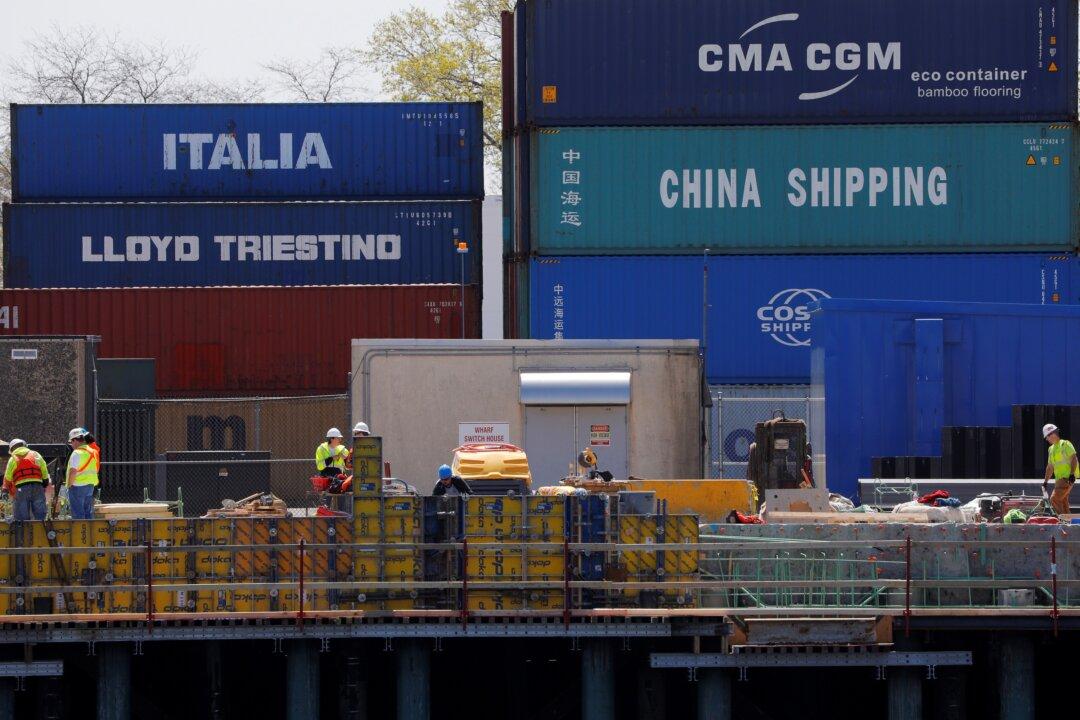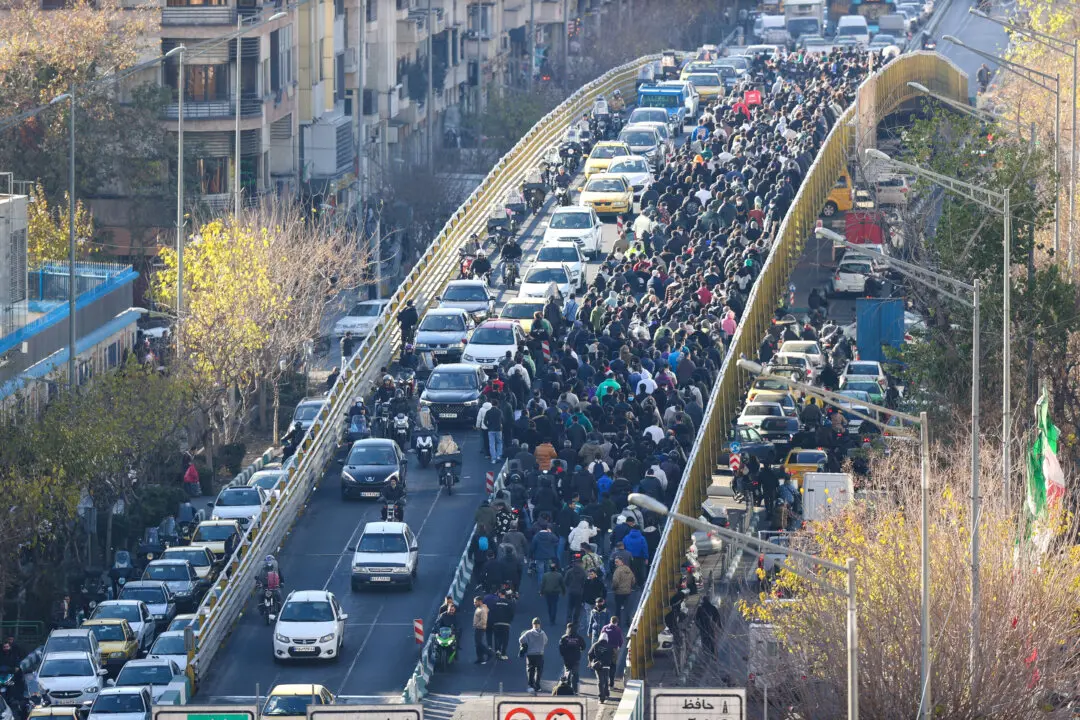Michael Stumo, the CEO of the Coalition for a Prosperous America, is predicting U.S. markets could soon see a massive influx of cheap products produced by Chinese firms in an event similar to the “China Shock” era of the early 2000s.
“We had China shock 1.0 after China was let into the [World Trade Organization] in 2000. This is China Shock 2.0,” Mr. Stumo explained during an interview with NTD’s “Capitol Report” on Thursday.





